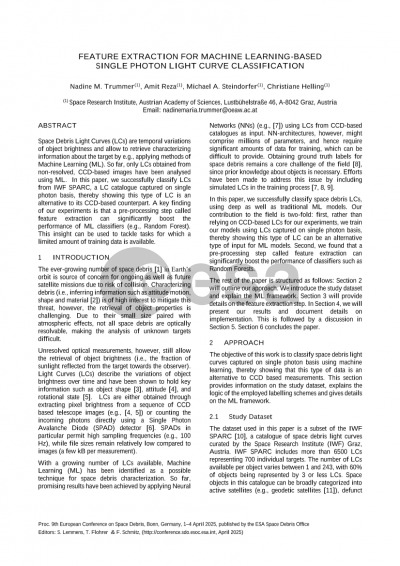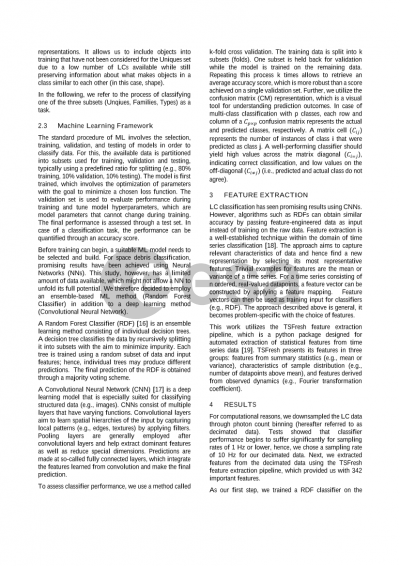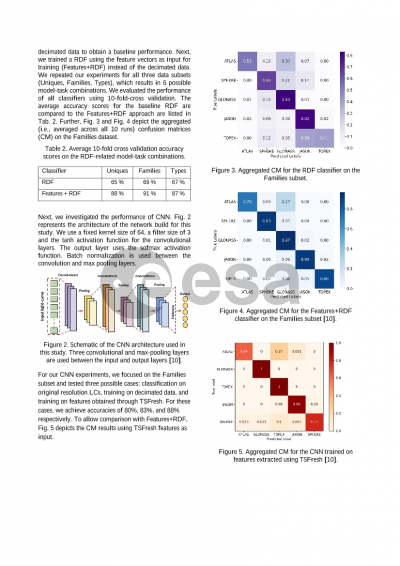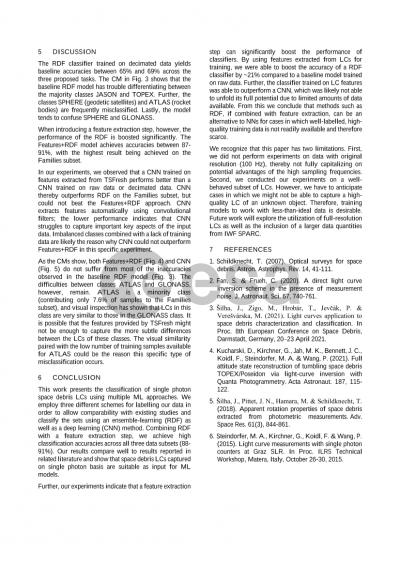Document details
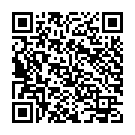
Abstract
Light Curves (LCs) are temporal variations of object brightness and contain characterizing information about space debris such as shape, attitude and rotational state. Since 2015, the Satellite Laser Ranging (SLR) group of IWF Graz has been building a single photon space debris LC catalogue (IWF SPARC). This type of LC is obtained by directly counting the incoming photons (instead of e.g., extracting pixel brightness from unresolved CCD-based telescope images). Our data offers high signal sampling frequencies at relatively low file sizes.
In recent years, machine learning (ML) has emerged as a viable technique for analysing space debris LCs, with Neural Networks (NNs) achieving the most promising results. These architectures, however, rely on large data quantities for training to unfold their full potential. Obtaining labels for LCs is an ongoing challenge in the field, since it requires prior knowledge of the object, and therefore, it is difficult to provide sufficiently large training data sets.
In this work, using traditional ML approaches (e.g., Random-Forest-Classifier, RDF) as well as NNs, Single Photon Space Debris LCs are successfully classified. Our experiments further show that a Feature Extraction step can significantly boost classifier performance. Feature extraction aims to obtain a new representation of the LC data by selecting its most representative features (e.g., statistical features such as mean or variance), reducing the problem’s dimensionality in the process. We explore how feature extraction can enable ML classifiers such as RDF to prove a viable alternative to NNs for cases in which well-labelled data is hard to obtain and, therefore, scarce.
Preview
